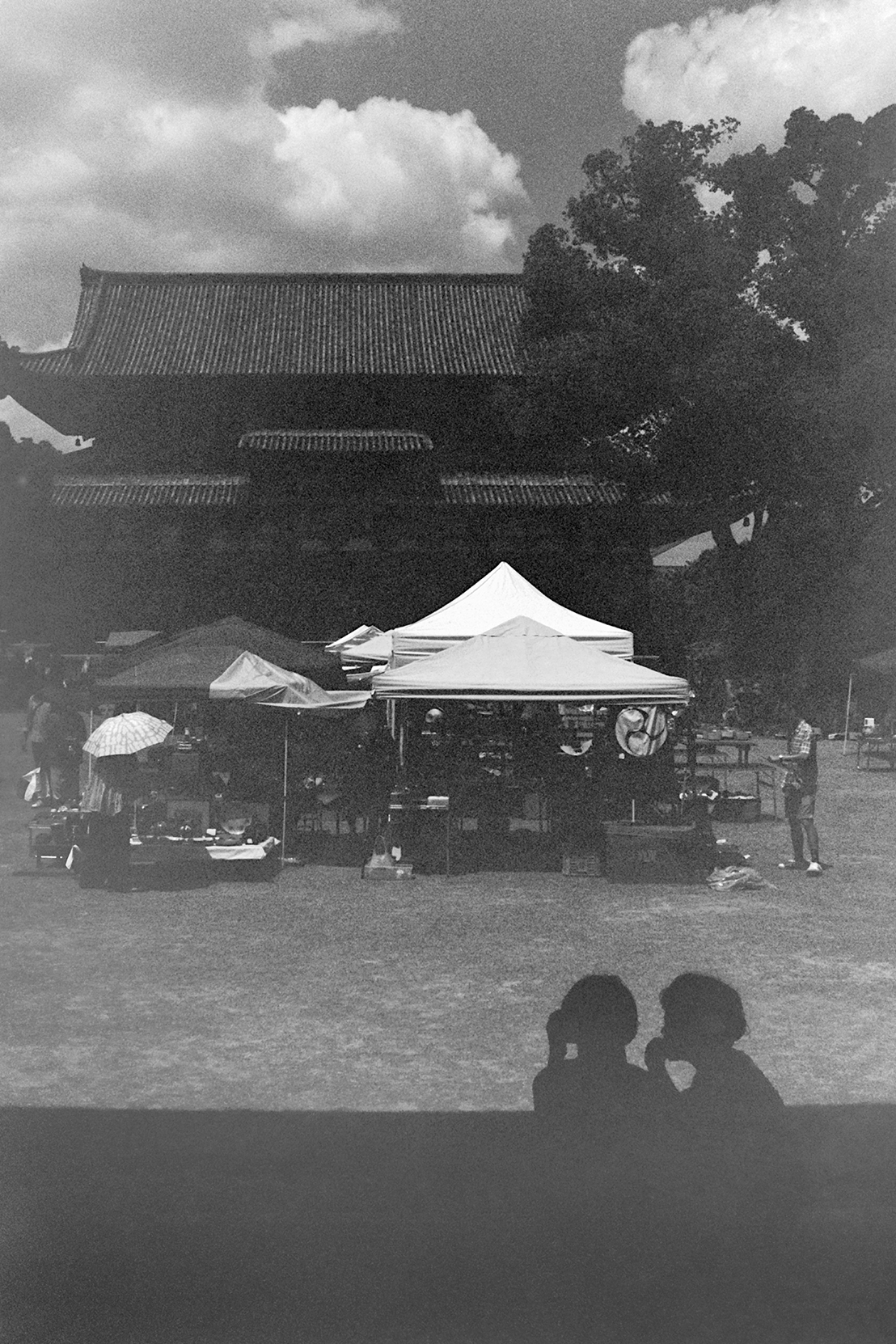Free Press
AAWAA
Flea Markets

I’ve loved going to flea markets since I was a teenager. Back when I was a student, I would find clothes and shoes from the 1960s and 1970s and pair them with accessories I made myself. Even now, whenever I travel, I always check the local flea market schedule and make a point of going. Finding something enchanting hidden among piles of junk, bric-a-brac, and antiques feels like catching a glimpse of my inner self mirrored in that object, and through it I gaze at my current emotional landscape. I comb through old things as if seeking something precious I once had as a child, and the search itself brings me immense joy. You might even say that this hunt for treasures among the castoffs is what I love most in life. It’s hard to put into words, but when I find something and it clicks for me, the past and present seem to become one. That moment is like opening the door to a paradise of my very own.
My close friend Elein Fleiss is also a flea market enthusiast, and when we go together, we can expect to spend the entire day. Upon arriving we head off in different directions, and even if we agree on a time and place to meet up later, we never manage to stick to it. Elein is an artist and also deals in old objects as part of her practice. She runs an antique shop called Le Batèl in Saint-Antonin-Noble-Val in southwestern France.
In Kyoto, monthly flea markets are held year-round at Toji Temple and Kitano Tenmangu Shrine. I’m especially hooked on the junk market at Toji on the first Sunday of each month. The Toji Kobo-ichi flea market is held on the 21st, and the Kitano Tenmangu Antique Market takes place on the 25th.
As a child, I sometimes dreamed of wandering through a vast hall overflowing with antique pots, furniture, and other objects, searching for a special something. I remember once reading a Chinese folk tale about a man who slipped into a world of antiques inside a pot and could never get out again. This story made an odd kind of sense to me, as if it pointed toward my own future. Just what is it about old things?
Text and photograph by AAWAA


 Facebook
Facebook Twitter
Twitter